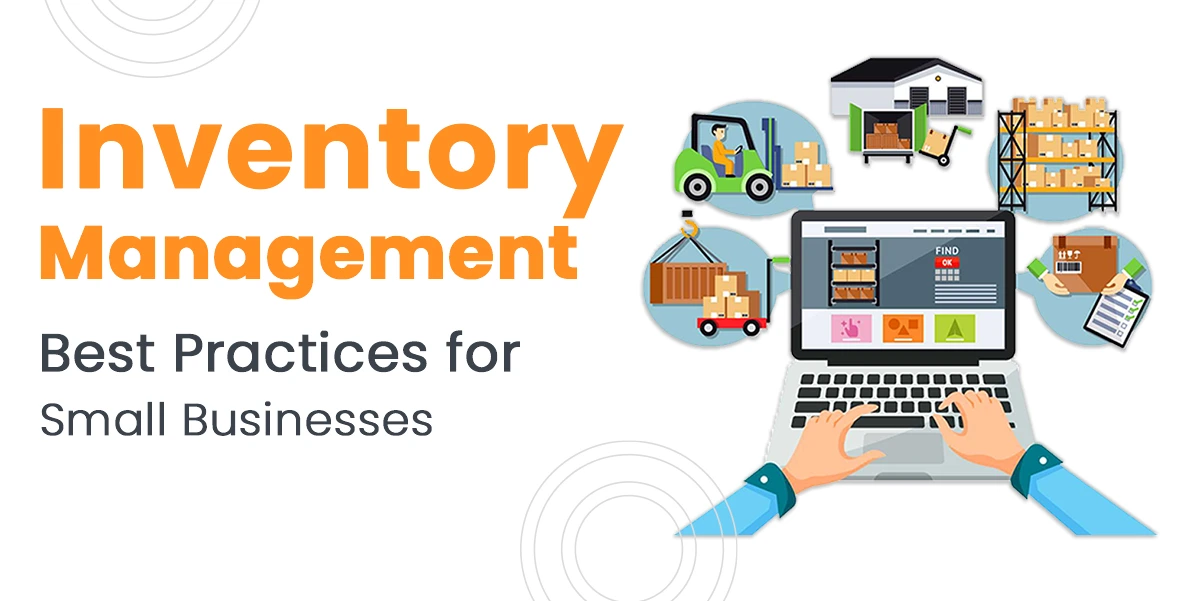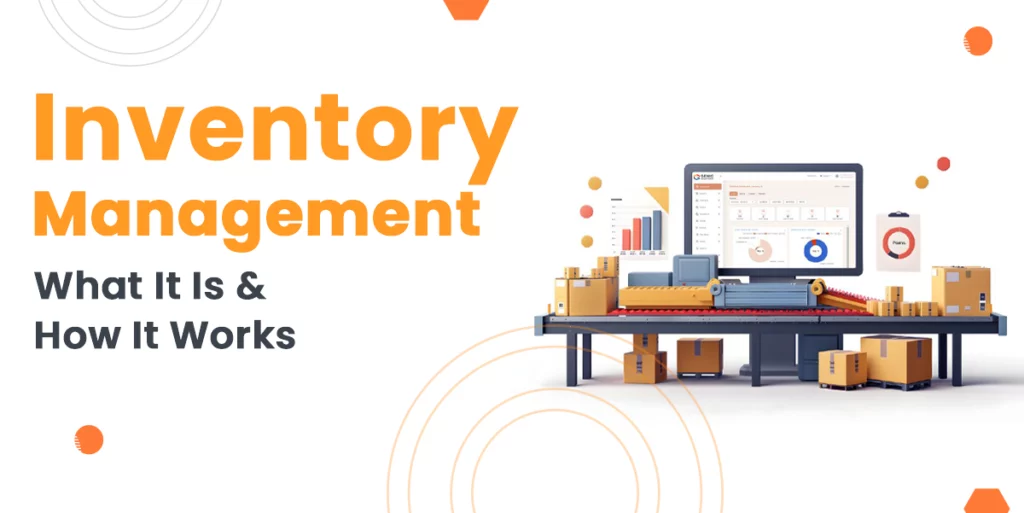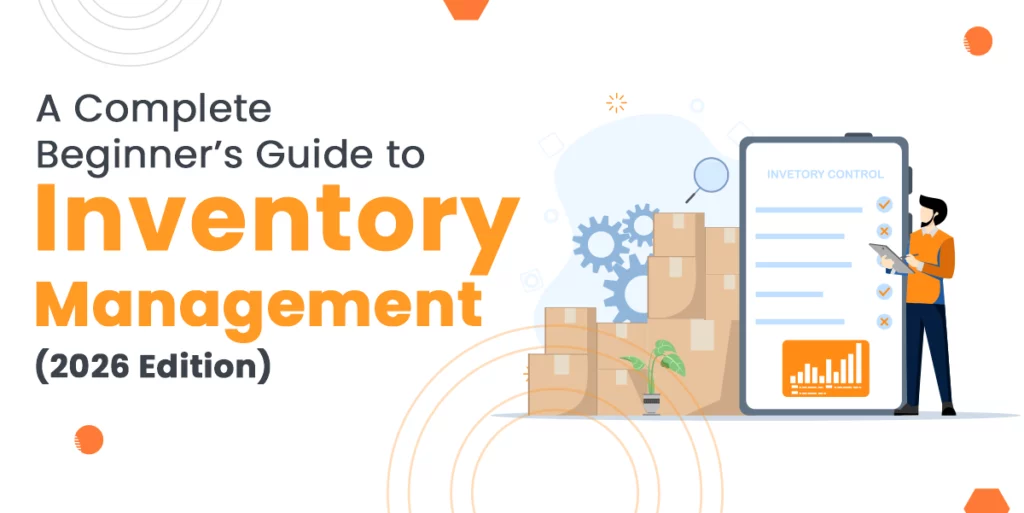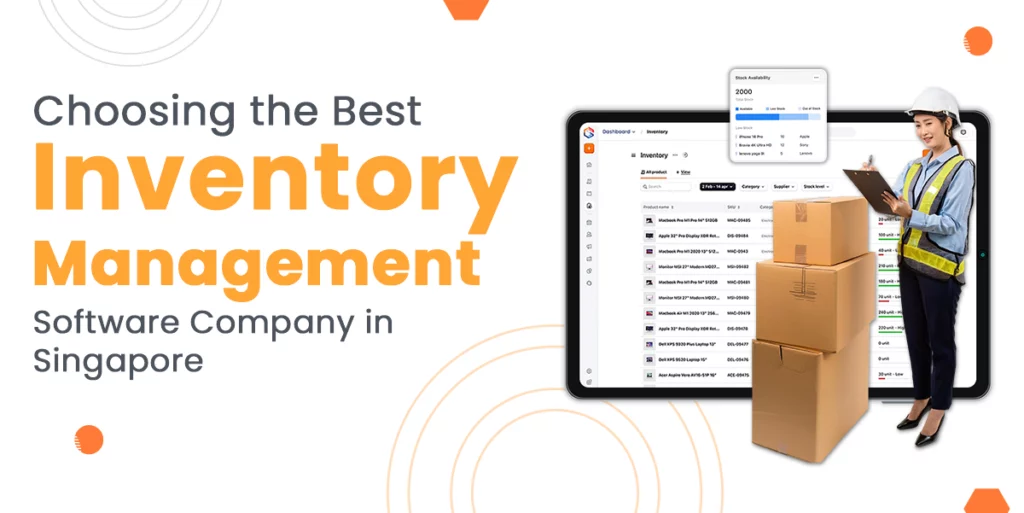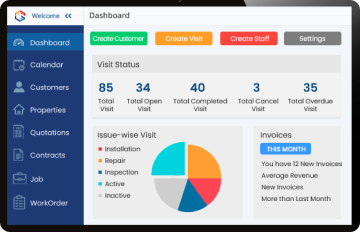Managing inventory might not be the most important part of running a small business, but it’s one of the most critical. Bad inventory control causes empty shelves, missed sales, too much stock, and wasted money. On the other hand, smart inventory management helps you improve cash flow, fulfil orders faster and grow sustainably.
Whether you run a retail shop, an e-commerce business or a small manufacturing unit, having the right systems and strategies in place can make all the difference, so you don’t need a massive warehouse or enterprise software to get it right.
In this guide, we’ll go through inventory management best practices, explain why they matter and show how modern inventory software can help streamline your operations, save time and reduce costly errors.
What is Inventory Management?
Inventory management means tracking, sorting, and controlling what a business keeps in stock like raw parts and finished products. It helps make sure items are always ready when needed without spending too much money on things just sitting around.
For small businesses, inventory management plays a big part in balancing what you have with what customers want. It helps keep people happy, stops waste, and saves money. A good inventory management system for small business lets you watch stock levels, make smart buys, refill items on time and catch mistakes early while keeping costs low.
Why Inventory Management Matters for Small Businesses
Small businesses don’t have big teams, extra space or lots of extra money. That’s why using a scalable inventory management system for small businesses is not just helpful, but it’s super important.
Let’s understand how smart inventory habits help your business grow:
- Stops overbuying and prevents running out
- Frees up cash and boosts profits
- Makes customers smile with faster orders
- Helps you plan using smart data and sales patterns
What Are the Best Inventory Practices for Small Businesses?
You don’t need a big team or fancy tools to run great inventory. You just need a few smart and steady habits.
These tips help small businesses reduce waste, stop stock problems, track better and keep cash flowing while staying neat and fast. Here are the best inventory control techniques for SMEs to follow:
1. Strengthen Vendor Relationships
Strong vendor bonds help you negotiate better prices, cut lead times, and get priority during shortages.
Goodvendors make inventory control techniques work even better, especially when you need stock in a rush.
2. Rationalise Your SKUs
Too many slow or old products can fill up shelves and slow down your cash flow. That’s why it’s smart to check your products often.
Find the items that don’t sell and remove them. This makes room for high-demand products and helps with stock level optimisation methods.
3. Conduct Regular Stock Audits
Don’t just trust what the computer says. You should count your items by hand, too. You can do full checks, small counts, or quick spot checks.
These counts help you catch mistakes, cut missing stock and keep records right. That helps you make smarter choices for your business and aligns with inventory audit best practices.
4. Utilise Just-in-Time (JIT) Inventory
With JIT, you only order stock when you need it. This way, you don’t keep too much, and your money stays free.
It works best when you know what customers want and your supplier sends items on time. This model supports inventory cost reduction strategies and is popular in lean workflows.
5. Set Up Inventory Alerts
Let your system shout when it needs your help. With alerts, your software can tell you when stock drops too low or when a product sits for too long.
This keeps you from running out or buying too much, so your stock stays just right.
6. Monitor Supplier Lead Times
When you know how long a supplier takes to deliver, you can plan better. If their delivery time gets slower, you need to order earlier.
By watching delivery speed, you can adjust your schedule and avoid late shipments that might upset customers.
7. Cross-Train Your Team
Don’t let one person do it all. Teach many team members how to receive stock, check inventory and update records.
This helps your team stay strong even if someone is sick or busy. When more people pitch in, things run smoothly.
8. Apply Lean Inventory Principles
Lean inventory means you cut waste, keep things simple and work faster. For small businesses, this could mean making order steps easy, using smart tools or clearing out extra stock.
Cloud-based systems help you do more without spending big money.
9. Forecast Using Sales Data
Don’t just guess what to order. Use old sales info to see patterns. Check busy seasons, past promos and customer habits to plan smarter.
This helps you avoid empty shelves when it’s busy or too much stock when it’s slow. That way, your stock matches demand.
10. Automate Reordering
Typing orders by hand takes time and leads to mistakes. Let your system order on its own when stock drops.
This keeps your shelves full, saves time and helps you focus on growing your business instead of chasing stock levels.
By using these smart steps, small businesses can turn inventory into a win instead of a worry. The key is to stay ahead, use the right tools and keep improving as your business grows and shines.
Why Genic Solutions is the Smarter Choice for Inventory Management
Managing inventory well can shape success or cause problems. That’s where Genic Solutions leads the way, which brings a complete, cloud-based system made for today’s small and medium-sized businesses. Here’s why it’s a smart choice:
Real-Time Stock Visibility
Check your stock right now in every place. Genic Solutions shows live updates so you can avoid running out, stop buying too much and make smart choices.
Cloud-Based and Mobile-Friendly
Work from anywhere, anytime. Genic’s inventory tracking with mobile apps lets you manage on the move—perfect for teams that work in many places.
Barcode Scanning and Automation
Work faster with a barcode scanning inventory system. It cuts mistakes and helps you move items quickly. Genic also starts stock replenishment automation and sends purchase orders, so your daily tasks run smoothly.
Seamless Integration with Business Tools
Genic connects easily with tools like Shopify, Xero, and QuickBooks. You can link your inventory, sales, and accounting into one system for smoother workflows.
Scalable for Growing Businesses
If you run a shop, a factory, or an online store, Genic’s flexible tools grow with you. Its multi-location inventory management makes expansion easier.
How CRM and Inventory Software Work Together to Boost Small Business Sales
When you connect your inventory management system for small businesses with a Customer Relationship Management (CRM) tool, it builds a strong bridge between selling and stocking. Your sales team can quickly peek at what’s in stock, promise with confidence, and zip through orders faster.
CRM integration also clears backorders, lifts customer smiles, and hands your team smart, live updates to make better choices. When your inventory and customer info work side by side, you can spot buying habits, guess future needs, and offer more friendly service.
For small businesses that want to grow, this link between inventory and CRM doesn’t just help; it changes the whole game.
The Future of Inventory Management for Small Businesses
The way small businesses manage inventory changes fast, powered by tech and new market needs. Staying ahead means you must adapt quickly, think smart and stay connected. These trends are shaping the future of inventory for SMEs:
AI and Automation
Smart tools predict demand, spot errors and plan orders for you. They help small businesses think faster, reduce waste, and save time by doing boring jobs for you.
Mobile Inventory Management
More industries using inventory software rely on mobile tools to scan, track and order on the go.
E-commerce Integrations
As more businesses sell on Shopify, WooCommerce, or Amazon, they need inventory systems that connect all channels. Genic lets you sync sales, track orders and fulfil faster from one place.
Sustainable Inventory Practices
Going green helps both your business and the world. Genic helps you reduce extra stock, cut waste, and use better packing. These changes also save money.
Data-Driven Dashboards
Modern inventory software shows real-time numbers. With dashboards, you can track stock turnover, spot dead stock and check costs. This helps you make smarter decisions faster. This helps with quick insights during inventory management software comparison.
Final Thoughts
Inventory management isn’t just about knowing what’s in your stockroom, but it’s about building a strong, smart system that helps your business grow.
When you follow smart habits like removing slow items, checking stock often, using JIT and automating reorders so you’ll gain control, spend less, and keep customers happy.
With Genic Solutions, small businesses get the power to track in real time, automate tasks and connect with sales and accounting. As tools change, businesses that use mobile inventory, AI, and lean systems will stay ahead.

